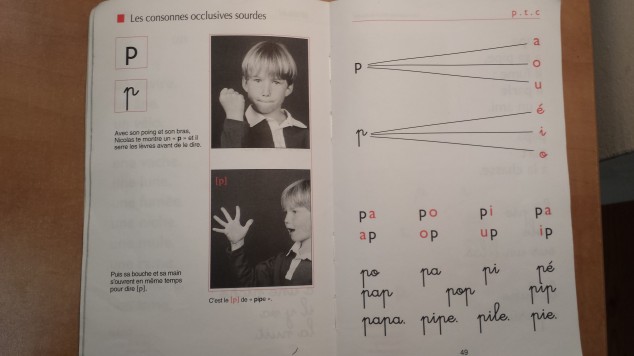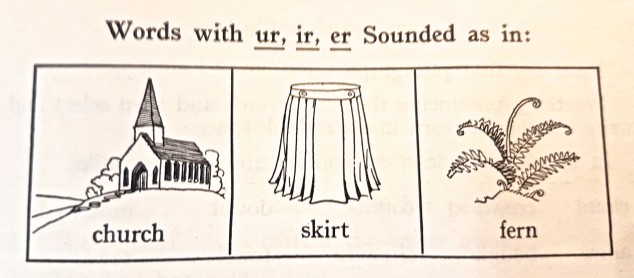Bingo Multiplications!
Learning your multiplication table can be one of the most tedious things to do growing up. Especially at a young age when the concept of quantity is not yet cemented to the concept of numbers. It can be hard to understand that you are taking seven of one thing and multiplying it by eight of another thing and somehow getting 56 things in total! I remember as a kid I didn’t really care what these numbers meant, and I couldn’t understand why I had to memorize them instead of playing outside. I can see a similar resistance to such a monotonous task with the kids I tutor, so I brought in Multiplications Bingo. This task is an effective way of combining memorizing timetables with fun and a little friendly competition.

My current bingo board is five squares by eight, with one row of free squares in the center. The dimensions are adaptable to the competence level of the child, starting off with less squares and then working up to more. There is written in each square a product of a multiplication, varying between the one timetables to the twelve timetables. I read off a multiplication within the range and the student will look for the answer on the board. Not all multiplication questions have their answer on the board and there are some answers written down in more than one square. We vary what the student needs to win depending on the amount of time we are allocating to the game; sometimes we play for just four or five in a line, whereas other times we play for more exciting shapes such as a big plus sign or X. I change up my board so the numbers do not get repetitive and sequence the order of questions at random.
“Whenever I add a game element to my lessons I am always excited with the response I get. Learning can be fun and it’s important to remember that small added entertainment can go a long way.”
-Nicole Bailey







